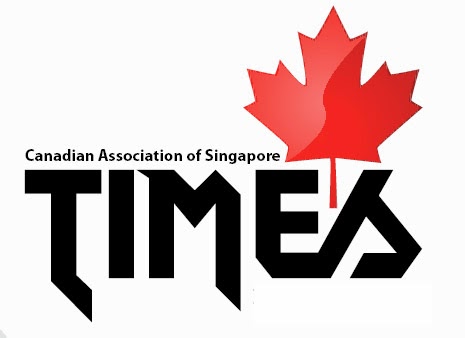Q: Too much of my gum shows when I smile, is there any treatment for me?
A: Gummy smiles can be due to hyperactive lip muscles, which cause your upper lip to rise higher than normal when smiling, or it can be because of the way your jaw bone is developed.
Generally, there are two types of treatment for gummy smiles: non-surgical and surgical. For hyperactive lip muscles, a non-surgical method would be natural, purified protein injections. This is a 10min procedure that consists of a few tiny injections. It generally requires 3 days to take effect and lasts for about 4 months.
As for surgical treatment, crown lengthening can be done by a Periodontist to adjust excessive gum tissue and bone. In some cases, crown lengthening may be done together with crowns or veneers to achieve the ideal proportion of teeth to gums. After treatment, you will see more of your teeth and less of your gums when you smile. With good oral home care and regular professional cleaning by your dentist, the end result can last for years. If the gummy smile is caused by an excessive protrusion of the upper front teeth or vertical growth of upper jaw bone, then orthodontic treatment and/or jaw surgery may be required.
It is advised that you consult your dentist/dental specialist to know the root cause of your gummy smile so that the appropriate treatment can be advised. Depending on your condition, you may be referred to see an Oral & Maxillofacial Surgeon, Periodontist and/or Orthodontist.
*************************
Dr Ho Kok Sen is an Oral & Maxillofacial Surgeon with Specialist Dental Group®. Dr Ho is a mentor, lecturer and examiner to students in the Graduate Diploma in Dental Implantology course at the National University of Singapore. He is a fellow of the Royal Australasian College of Dental Surgeons and the Academy of Medicine Singapore. He has a special interest in dental implants, jaw surgery, bone grafting and complex extractions.
Tel: 6734 9393 | www.specialistdentalgroup.com
Specialist Dental Group ® is a corporate sponsor of the Canadian Association of Singapore (CAS). CAS members enjoy a special rate for dental services.






